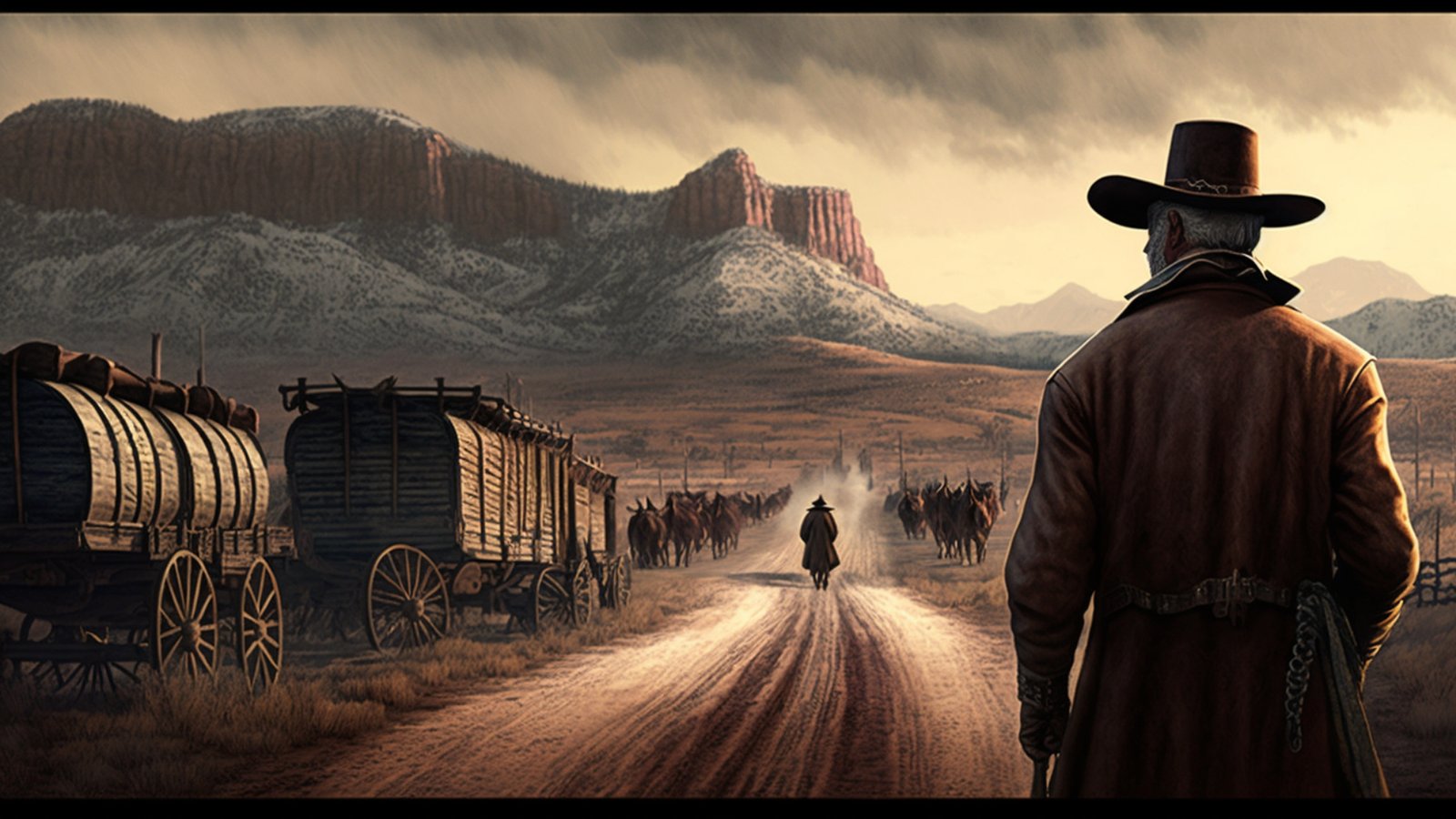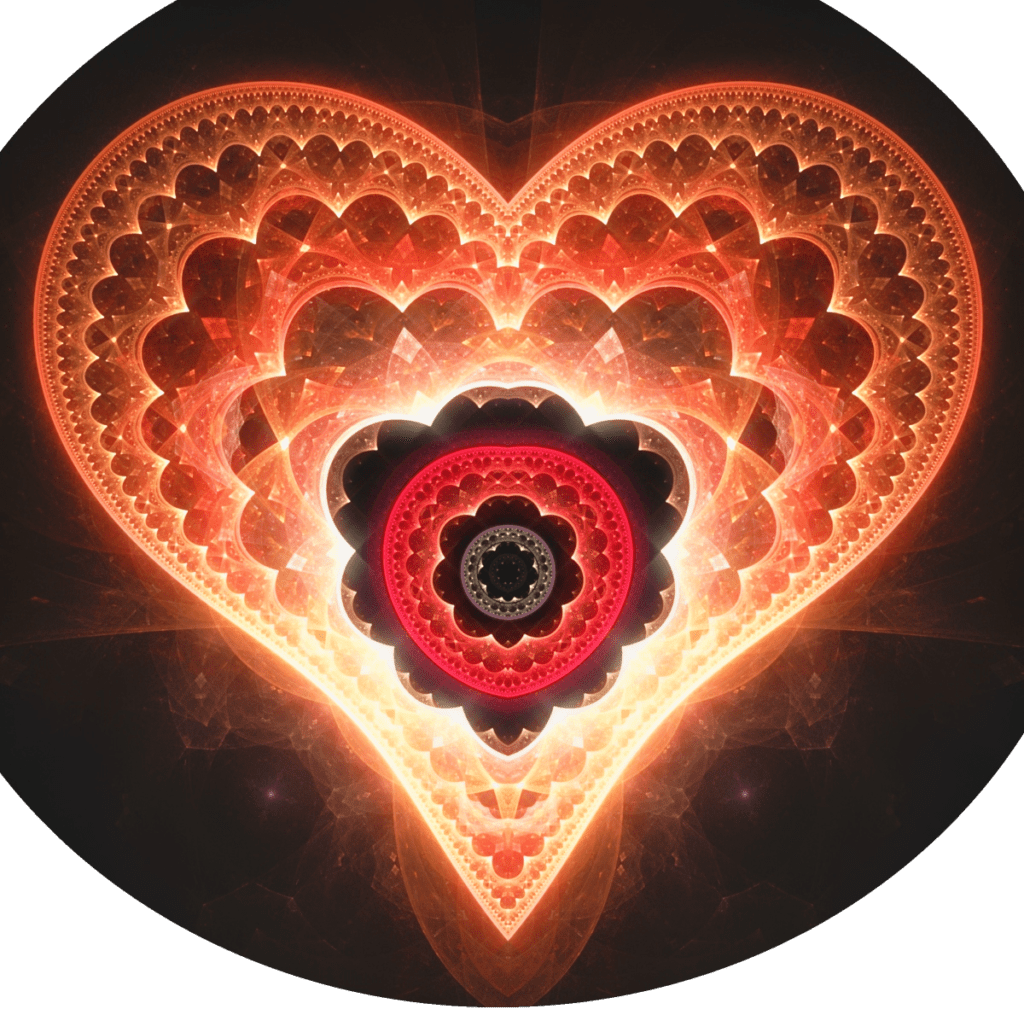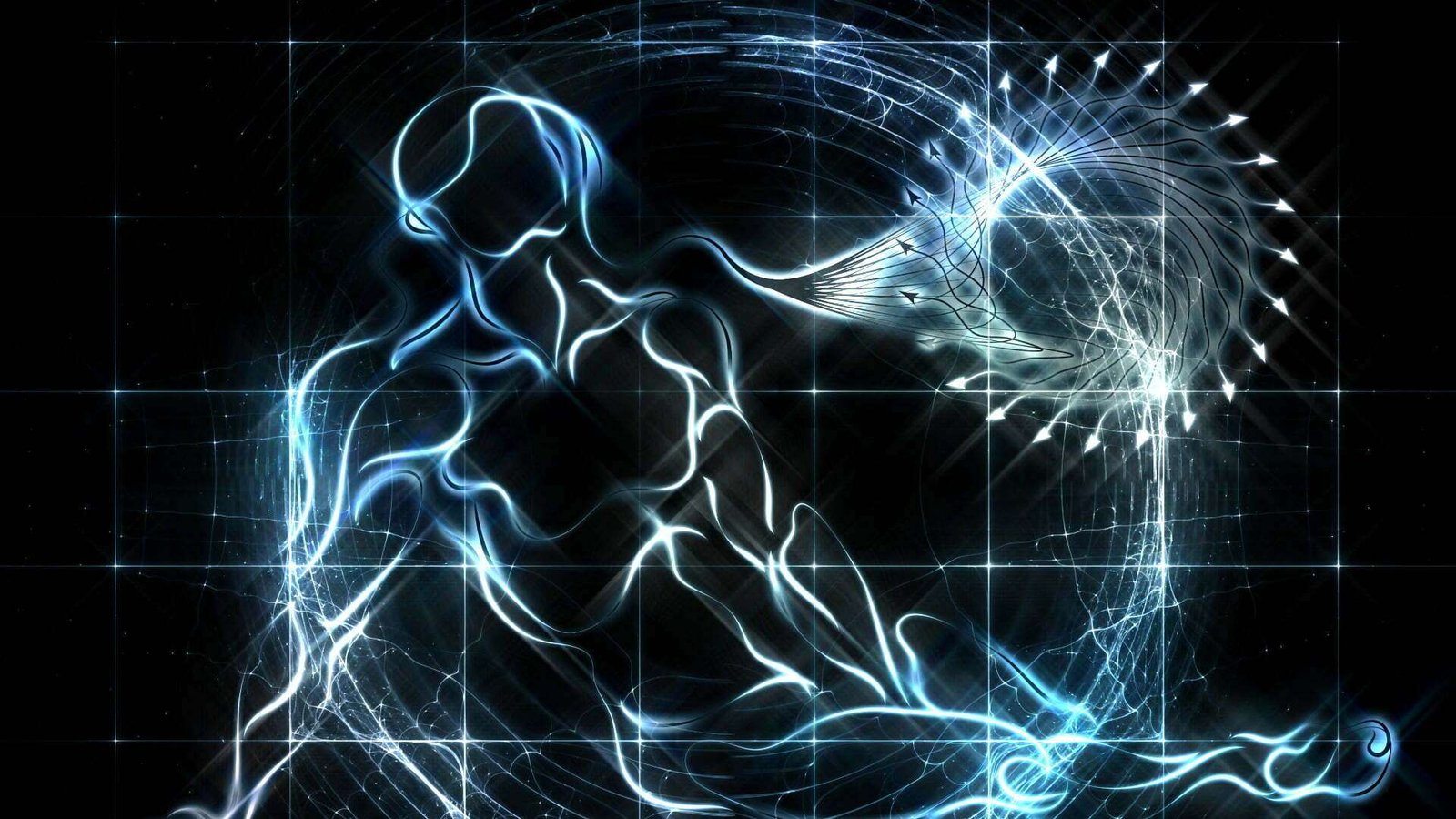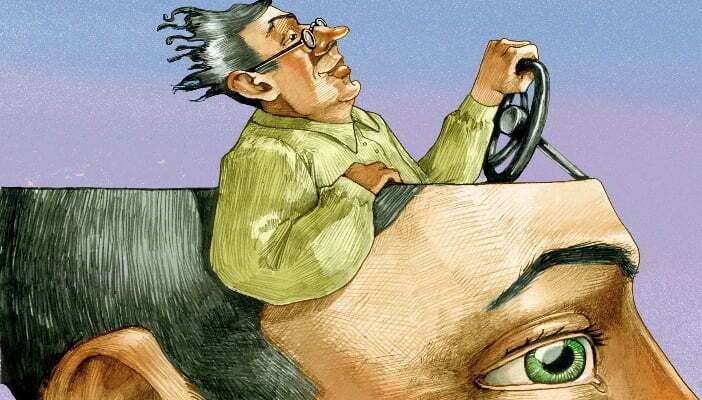The New Frontier of Quantum Consciousness
Recent groundbreaking research has provided strong evidence for a quantum consciousness, suggesting that the mind may not operate according to classical physics but through quantum phenomena. This paradigm shift could change our understanding of the brain and the nature of reality itself.
Non-duality questions whether the world, as perceived by ordinary consciousness, is ultimately an illusion, regardless of whether it is studied from a classical or quantum perspective.
A. H. Almaas
The Quantum Nature of Consciousness
A recent study found that anesthetic gases, which induce unconsciousness, act on microtubules—tiny structures within neurons. Drugs that bind to these microtubules delayed the onset of unconsciousness in rats. This supports the theory that consciousness arises from quantum vibrations within microtubules rather than through classical neural interactions.
Consciousness cannot be accounted for in physical terms. For consciousness is absolutely fundamental. It cannot be accounted for in terms of anything else.
Erwin Schrödinger (Physicist)
This research reinforces an emerging view that consciousness is fundamentally linked to quantum processes. Mike Wiest, an associate professor at Wellesley College, highlights the profound implications of this discovery, stating that when this theory becomes widely accepted, it will revolutionize our understanding of consciousness. It could explain phenomena ranging from anesthesia to mental illness, offering new avenues for treatment and deeper insight into human cognition.

Expanding the Understanding of Quantum Physics
Quantum mechanics has long challenged our classical understanding of reality. As revealed by the Heisenberg Uncertainty Principle, observation alters what is observed, implying that reality is fluid and deeply interconnected at the quantum level. Popular Mechanics explores how quantum theory, especially concepts like non-locality and entanglement, means a unified field of consciousness where everything is interconnected in ways that classical physics cannot explain.
I regard consciousness as fundamental. I regard matter as derivative from consciousness. We cannot get behind consciousness. Everything that we talk about, everything that we regard as existing, postulates consciousness.
Max Planck (Father of Quantum Theory)
Furthermore, Scientific American suggests that quantum mechanics opens doors to new understandings of free will, human connection, and even mystical experiences. These insights echo ancient spiritual teachings, where mystics described the universe as a web of interconnectedness—a notion that is now being validated through quantum physics.

Mystical Insights and the Diamond Approach
From the perspective of mysticism, particularly the Diamond Approach®, the self is not a fixed entity. As A.H. Almaas teaches, the dissolution of the ego’s boundaries reveals a non-dual reality. In this expansive, fluid state, we are not separate from the universe but intimately connected to it. This is similar to how quantum physics demonstrates that particles are not distinct objects but probabilities in a unified field.
In his teachings, A.H. Almaas often integrates principles of quantum theory to explain consciousness’s fluid and dynamic nature. He suggests that, like quantum fields, consciousness is not fixed but manifests in various forms depending on the state of observation or inquiry. Almaas describes consciousness as a self-organizing field—a fundamental aspect of reality. This view aligns with quantum physics, where particles and waves are complementary aspects of a unified field, and both science and mysticism converge on the idea of interconnectedness and non-duality.
Consciousness is the ground of all being. Without consciousness, quantum theory remains incomplete because it cannot explain the observer effect or the collapse of the wave function.
Amit Goswami (Theoretical Quantum Physicist)
In his book “The Inner Journey Home,” Almaas explores how the complementarity principle from quantum theory reflects consciousness as both a tangible and elusive reality. He suggests that, like quantum waves and particles, consciousness can be perceived as a fluid field of experience or as specific forms, depending on the level of awareness. This perspective offers profound insights into how the human mind engages with reality, seeing the self as interwoven with the very fabric of the universe.
By embracing this quantum view of consciousness, we begin to understand human perception and reality not as separate entities but as interconnected fields of possibility—a critical insight in both mysticism and the growing field of quantum consciousness research. This alignment of quantum physics and mystical exploration opens new avenues for understanding the nature of human existence, the mind, and the universe.
In the Diamond Approach, this recognition leads to profound liberation. When we cease identifying with rigid mental structures or personality types, we experience reality as dynamic and interconnected. This mirrors the fluid nature of the quantum world, where consciousness itself may be a fundamental aspect of the fabric of existence.

A Paradigm Shift in Understanding Human Nature
As research continues, this convergence of quantum mechanics, neuroscience, and spirituality suggests that consciousness may be a fundamental property of the universe embedded in the quantum fabric of reality. This perspective challenges the materialist view of the brain as the sole generator of consciousness and opens the door to a deeper, more holistic understanding of human nature.
In the words of David Bohm, a renowned quantum physicist, the universe operates within an “implicate order”—a hidden, interconnected reality where everything is in relationship with everything else. This is remarkably aligned with quantum theory and the mystical insights of traditions like the Diamond Approach, which views reality as a unified, conscious whole.
The quantum world cannot exist without the observer. It is consciousness that creates reality through the act of observation, collapsing the wave of possibilities into actual events.
John von Neumann (Mathematician and Physicist)
This profound paradigm shift impacts science and spirituality and holds practical implications for understanding mental health, healing, and the nature of the self. By embracing the intersection of quantum physics and mysticism, we may find that our individual consciousness experiences are expressions of a much larger, interconnected cosmic reality.























